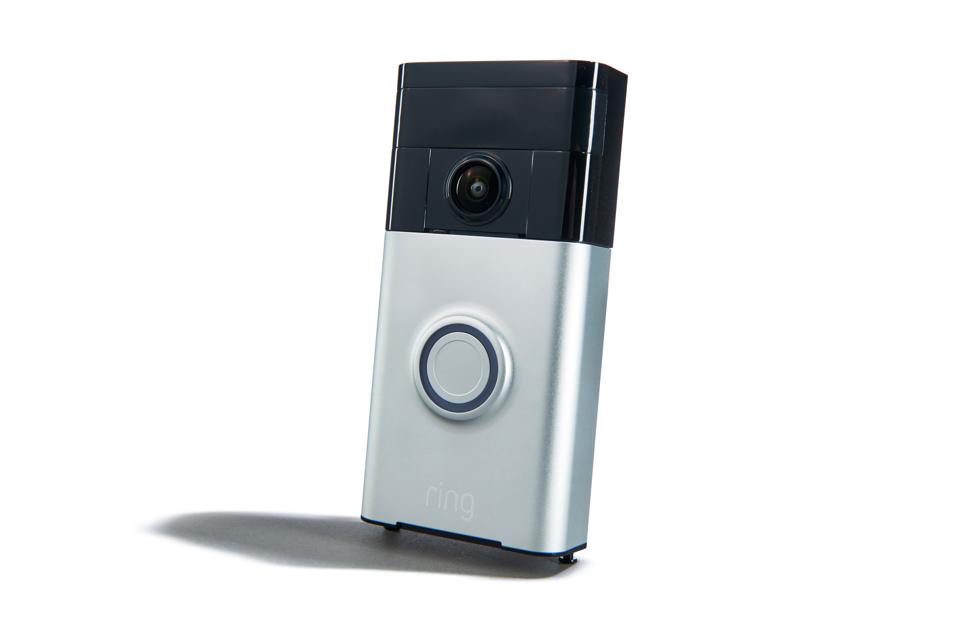The Amazon Ring Doorbell is once again at the center of a viral cybersecurity controversy. A recent social media post claiming that thousands of Ring doorbells were hacked on May 28, 2025 has sparked widespread alarm, with millions of users questioning the safety of their smart home devices. But is the threat real—or just another internet myth gone viral?
Here’s everything you need to know about the claim, what Amazon is saying, and how to protect your Amazon Ring Doorbell from potential vulnerabilities.
What Happened on May 28?
Earlier this week, a viral post began circulating on platforms like Reddit, TikTok, and X (formerly Twitter), alleging that a mass hacking event compromised thousands of Amazon Ring Doorbell devices on May 28. The post included vague screenshots, panic-inducing messages, and alleged “proof” of unauthorized access to video feeds.
Some users claimed their doorbells began acting strangely—turning on randomly, recording when no motion was detected, or even broadcasting unknown voices. The story quickly gained traction, amplified by influencers and tech conspiracy forums, prompting questions about Ring’s cybersecurity infrastructure.
Amazon Responds: “No Evidence of a Breach”
Amazon was quick to issue a public statement through its Ring division. According to Amazon Ring, there is “no evidence” of any breach, hack, or data compromise on May 28 or any related date.
“We have reviewed our systems and have found no indication that any compromise occurred. Our security protocols remain strong, and no customer data has been exposed,” the company said.
Security experts echoed this stance, with cybersecurity journalist Davey Winder noting that the viral claims lack technical detail and credible sources. In his Forbes article, Winder described the situation as an example of how misinformation spreads quickly—especially when it taps into real consumer fears about surveillance and privacy.
Why the Amazon Ring Doorbell Is Often Targeted
The Amazon Ring Doorbell is one of the most widely used smart home security products in the world. With millions of units installed, it’s no surprise that it frequently becomes the focus of security debates.
But here’s the truth: in most previous Ring “hacks,” the root cause wasn’t a flaw in the device itself—it was weak passwords, reused credentials, or unprotected Wi-Fi networks.
Cybercriminals often use credential stuffing attacks, where leaked usernames and passwords from unrelated breaches are used to gain access to Ring accounts. Once in, hackers can view live footage, talk through the two-way speaker, or access stored recordings—leading to understandably disturbing experiences.
How to Secure Your Amazon Ring Doorbell
Regardless of whether the May 28 hacking claim is real or exaggerated, it’s a good reminder to harden your Ring Doorbell’s security settings. Here’s how:
1. Enable Two-Factor Authentication (2FA)
Always activate 2FA in the Ring app settings. This ensures that even if someone gets your password, they can’t log in without a second verification step.
2. Use a Unique, Strong Password
Avoid reusing passwords across services. Choose a complex, unique password specifically for your Ring account and change it regularly.
3. Keep Firmware Updated
Amazon regularly pushes security patches. Make sure your Ring Doorbell is set to auto-update or manually check for updates in the app.
4. Secure Your Wi-Fi Network
Use WPA3 encryption if available, and don’t leave your home Wi-Fi open or protected with weak passwords.
5. Review Account Activity
Periodically check your login history in the Ring app. If you see an unrecognized device or location, sign out of all sessions and change your password immediately.
Is It Time to Ditch Your Amazon Ring Doorbell?
Despite the panic online, there’s no verified evidence that a mass hacking occurred on May 28. The Amazon Ring Doorbell remains a powerful and convenient tool for home security—when configured correctly.
Instead of ditching it, now is a great time to review your security hygiene. As with any connected device, the responsibility is shared between the manufacturer and the user. Ring provides tools for secure usage—but it’s up to you to use them wisely.
Final Thoughts
The viral Amazon Ring Doorbell May 28 hacking claim may ultimately be more fiction than fact, but it’s a valuable wake-up call for smart home users. As our homes become increasingly connected, the need for cybersecurity awareness has never been higher.
Don’t fall for fear-mongering headlines. Stay informed, stay secure, and take simple but effective steps to protect your smart devices.
Was the Amazon Ring Doorbell really hacked on May 28, 2025?
No. Despite viral social media claims, Amazon has confirmed there is no evidence of a mass hacking incident involving Ring Doorbells on May 28. Cybersecurity experts and credible sources like Forbes have also found no technical proof to support the claim.
Is the Amazon Ring Doorbell safe to use?
Yes, the Amazon Ring Doorbell is generally safe to use when proper security settings are enabled. Most past incidents involving Ring devices were due to weak passwords or reused login credentials, not flaws in the hardware or software itself.
Can someone watch my Ring Doorbell feed without my knowledge?
Not if your account is secure. Unauthorized access usually happens when users reuse passwords or skip 2FA. Always take advantage of Ring’s security tools to prevent unauthorized logins.



